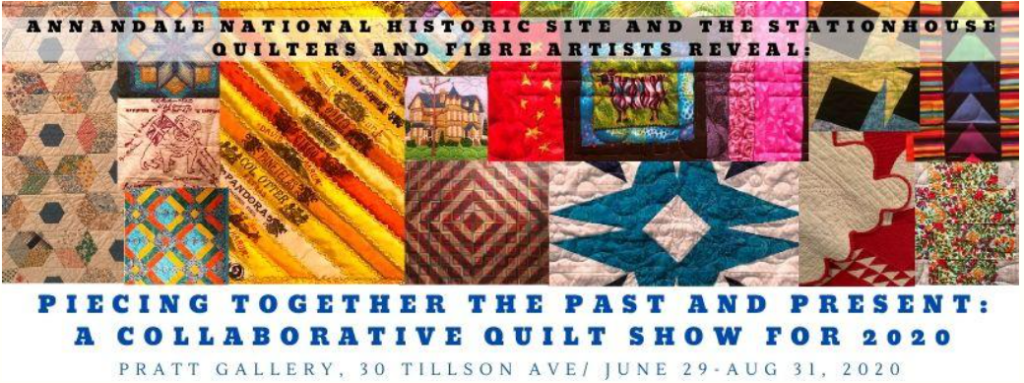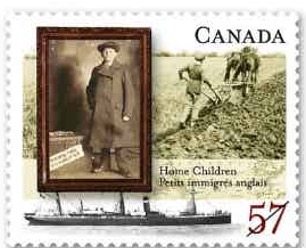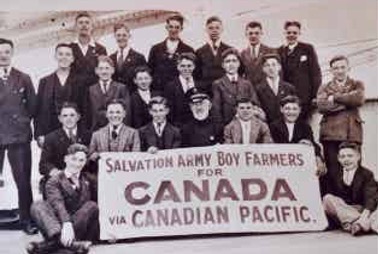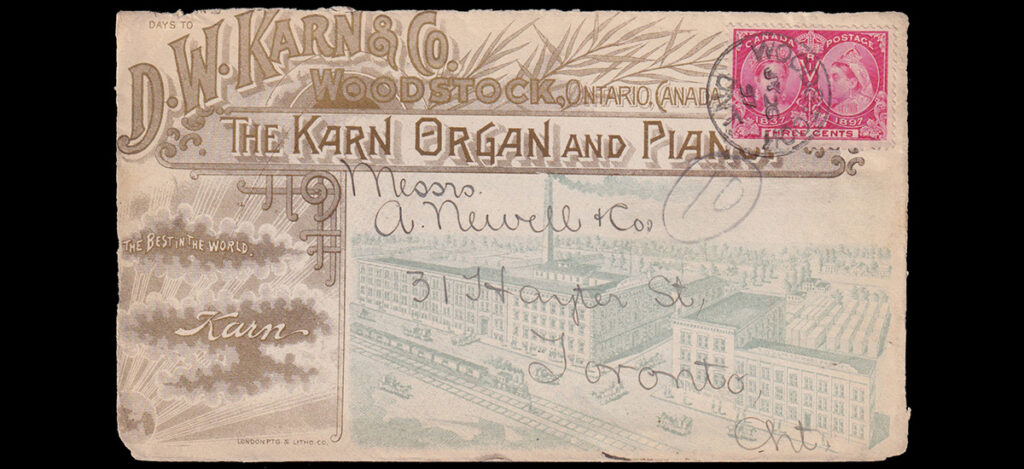This guest post is provided by Scott Gillies, Curator of the Ingersoll Cheese & Agricultural Museum.
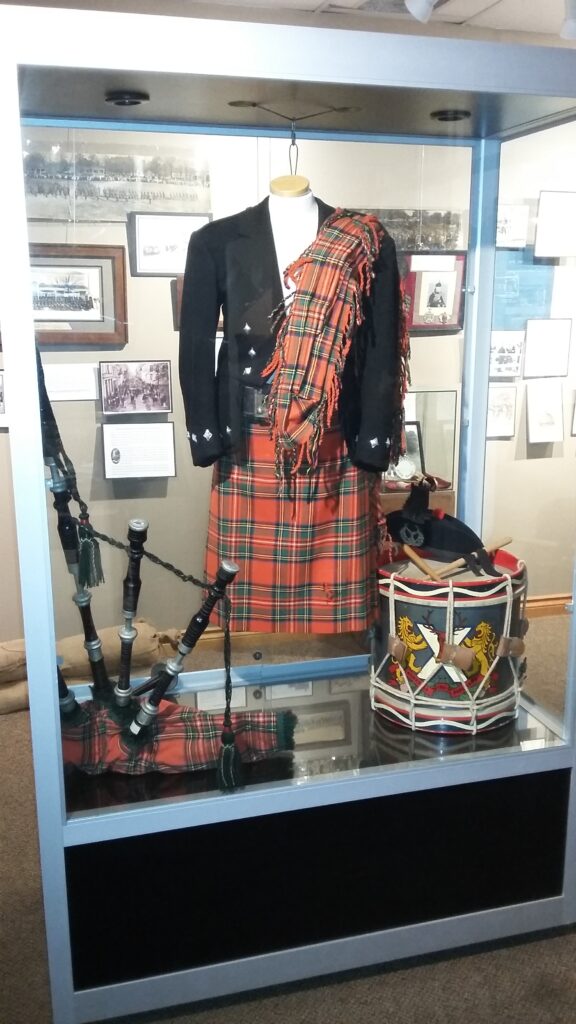
In March of 2020, when the coronavirus pandemic came to Canada and stayed, the Ingersoll Cheese & Agricultural Museum was, like every other business, attraction and household, shut down.
While being closed to the public, museum staff were able to continue their efforts in researching and documenting local history by working from home. In that time since the end of March until early August many of you and others across North America have become followers of the museum’s Facebook page, and by that means you have been able to visit the museum from a virtual point of view.
We are pleased to announce that as of August 10th, the Ingersoll Museum has been able to reopen for public tours, between Monday and Friday, although some of our operating procedures have changed.
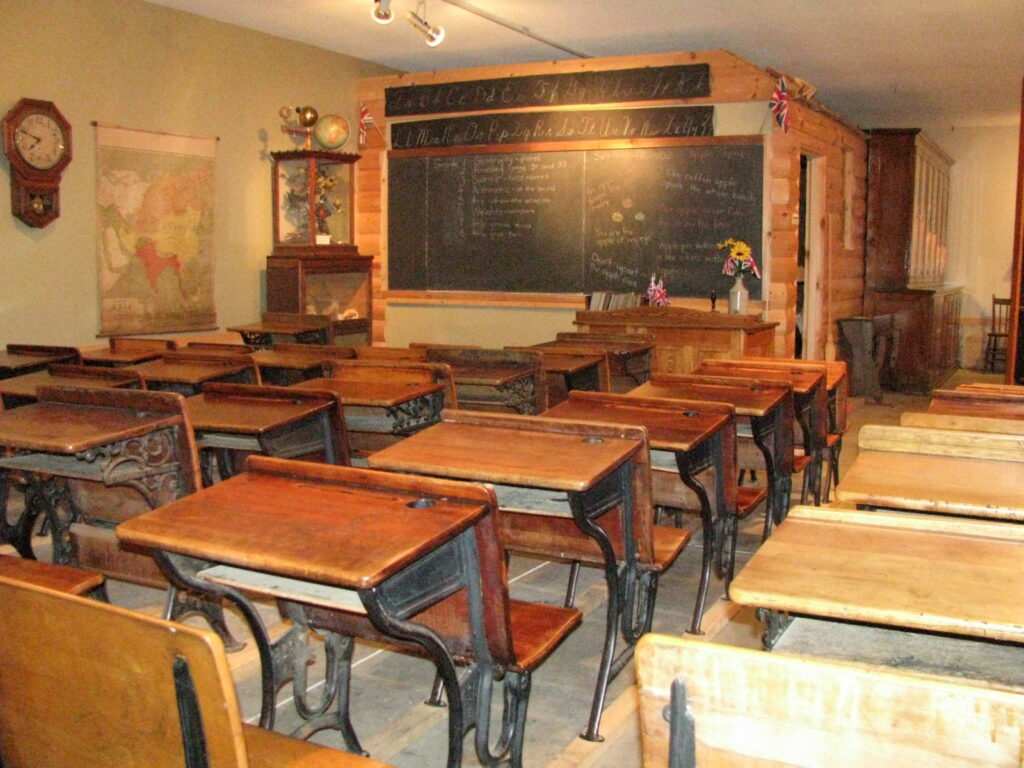
As I write this blog entry, we ask that you contact the museum ahead of time to arrange a date and time for a scheduled tour. In other words, we are open by appointment. When you wish to come to the museum, we ask that you call 519-485-5510 and reserve a time that is convenient for you. By doing so, you will also enjoy (we hope) a personally guided tour of the main building, the Oxford County Museum School, and of course the historical cheese factory.
What will you see? 2020 marks the 110th anniversary of the Ingersoll Pipe Band so the museum has installed a special commemorative exhibition that delves into the history of this world famous community ambassador and some of the individuals who have been long-time members. Originally slated to have closed in June, “A Piper’s Salute” has been extended until October 1st.
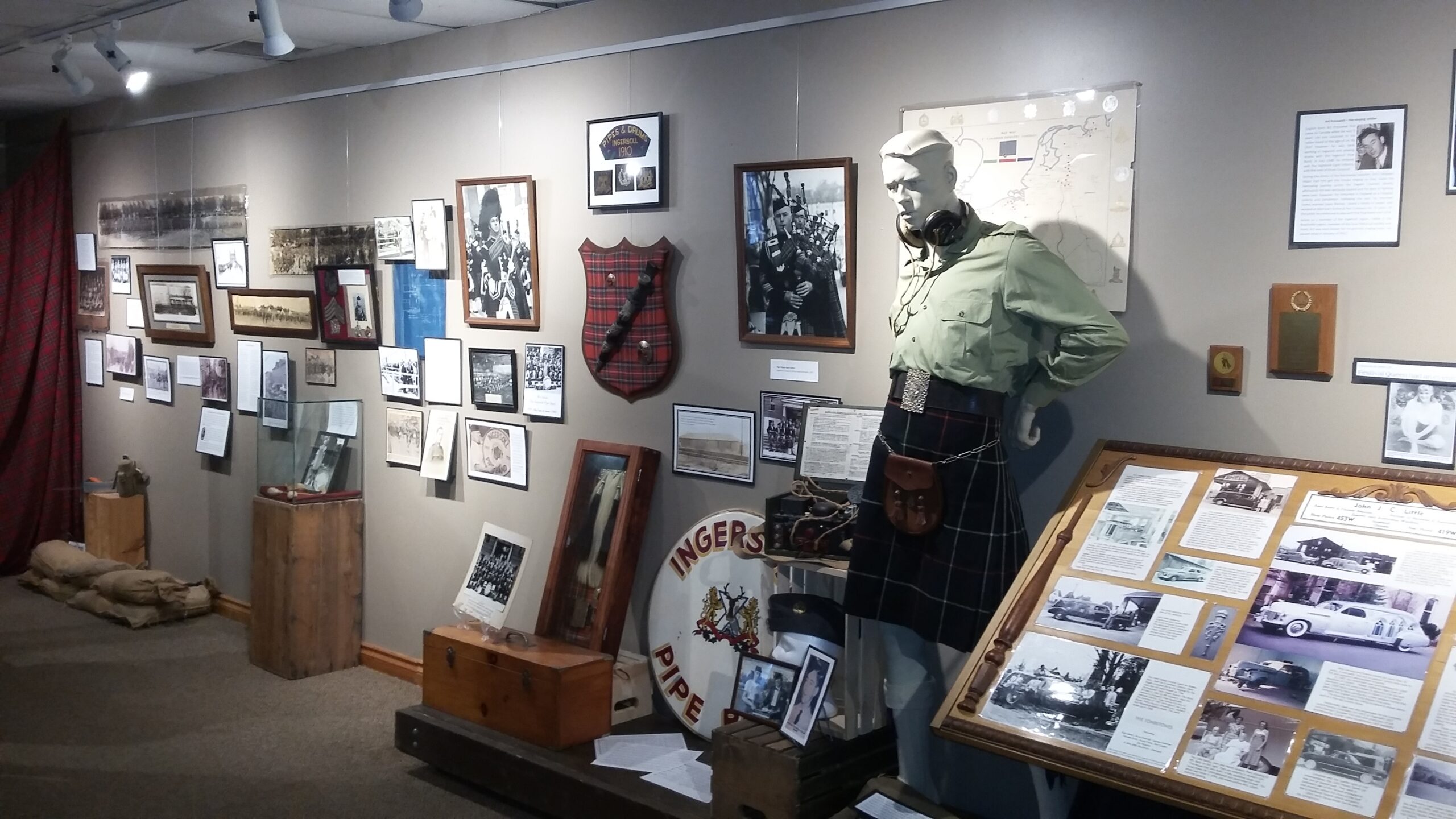
As many of you know, the museums of Oxford County were part of the award winning Oxford Remembers Oxford’s Own Project from 2014 until 2018 to commemorate the centennial of the Great War. One of the displays that we had hoped to have in Ingersoll was unavailable until now.
“Souterrain Impressions” is a travelling exhibit created by the London based Canadigm Group. For a number of years this local group of researchers have voluntarily travelled to “somewhere in France” in order to climb down many metres below ground level to explore and document a large chalk cave that had been home to dozens of Canadian troops in the days and weeks leading up to the attack on Vimy Ridge. While encamped in this cave, soldiers carved and sculpted their names, cartoons and cap badges into the walls of soft chalk.
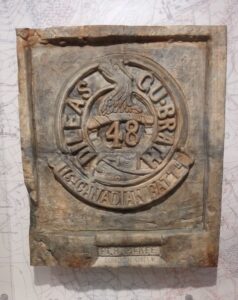
By carefully and painstakingly documenting and photographing the walls, pillars and ceiling of this cave, the members of the Canadigm Group have documented over 200 different soldiers who lived below ground during this important time in Canadian history.
With the use of high-resolution laser technology, their names and creations have been photographed; taking plaster casts of the carvings was not an option because the chalk is so soft. Some examples have been recreated using 3-D printers to fashion lifelike and life-size reproductions.
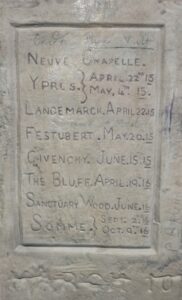
All of the work done by this group of enthusiasts was turned into a travelling exhibition that was seen in different Canadian cities in 2016 and 2017. It was then sent to the interpretive centre at Vimy Ridge to mark the 100th anniversary. Supplementing this larger exhibition were two smaller displays; one of which is now on view at the Ingersoll Museum. This particular one had been at the Canadian Embassy in Washington DC, and at Canada House in London England before coming here. We are honoured to be the current exhibitor.
With all this being said (or written), you can see that the Ingersoll Museum continues to be more than just cheese, and still has a lot to offer tourists from afar and visitors from around the corner. While things are not as they once were, and perhaps may not be for quite some time, we strive to offer a special experience to everyone who visits. We hope that you will be some of those people.
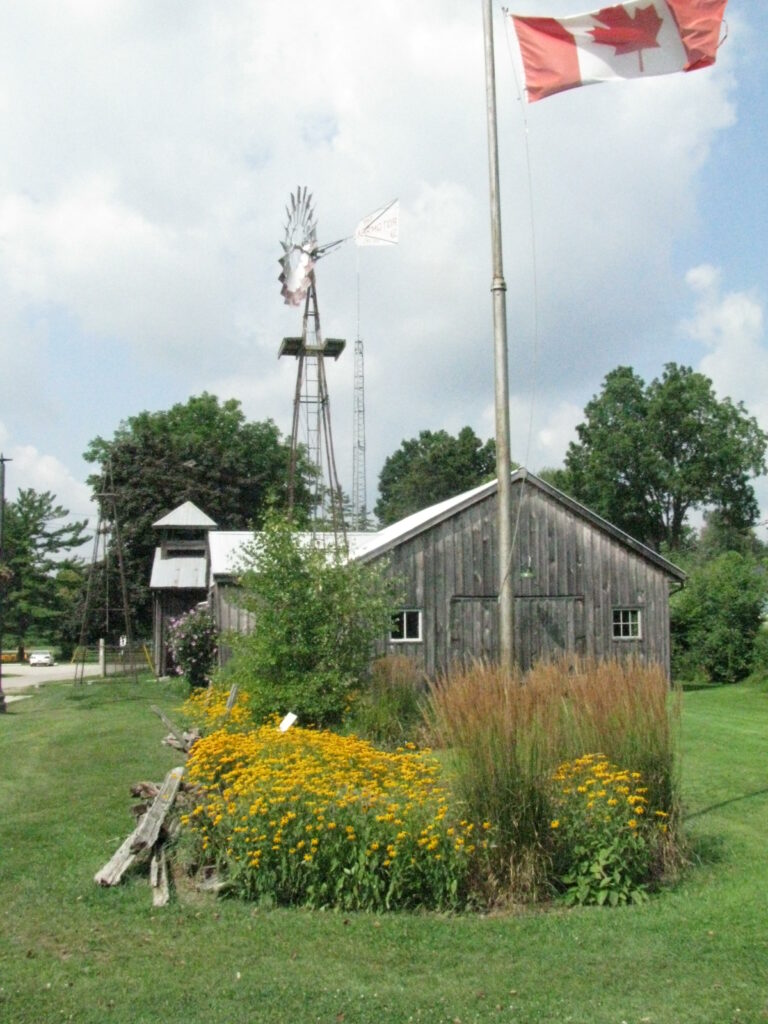
The Ingersoll Museum is located at 290 Harris Street in Ingersoll. For more details call 519-485-5510 or email curator@ingersoll.ca.

